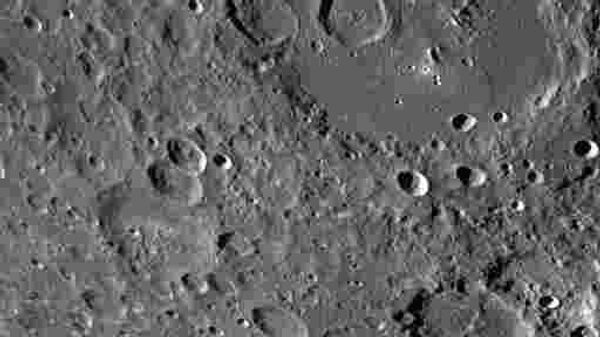
MOSCOW, January 19< /strong>The Japan Aerospace Agency (JAXA) has confirmed that the SLIM lunar module has landed on the Moon and is communicating with it, but its solar panels are not generating electricity at the moment.
«SLIM has landed on the Moon <.. «.> SLIM has contacted a station on Earth <…> However, its solar panel does not appear to be generating electricity at the moment, and since we cannot generate electricity, the operation is being carried out using submerged batteries,» reported at a press conference broadcast on the JAXA YouTube channel.
The aerospace agency considers the landing of the lunar module successful; if this were not so, collisions would have occurred and the functions of the module would have been damaged. They promised to provide updated data on SLIM next week.
Earlier, the Kyodo agency, with reference to the Japanese Aerospace Agency JAXA, reported that communication is being maintained with the first Japanese lunar module SLIM, the landing has probably taken place, but final clarifications are underway. Earlier, during the broadcast of the aerospace agency, the image on the screen showed the instruments landing on the module. However, it was then reported that clarifications were being made, after which a press conference was planned. The press conference broadcast is currently on standby.
Japan launched its first lunar lander, SLIM, last September. Particular attention during the development of the lunar module, which was led by Mitsubishi Heavy Industries jointly with JAXA, was paid to precision during landing. If until now the landing was carried out with an accuracy range of about 10 kilometers, now it must land at a predetermined point with an error of 100 meters.
As the project developers explained live during the launch of the module, a successful and accurate landing on the Moon will mean for science a transition from an era when the fact of landing on the Moon was important, to the era of the vehicle accurately hitting a predetermined point. The developers plan to test technologies for image navigation and self-navigation of the module. The second task is to check the operation of the light module systems. The task of reducing the weight of equipment while maintaining the accuracy of its operation is extremely important for the development of further space flights, as it will allow transporting more necessary equipment.
SLIM carries two devices: LEV1 and LEV2. LEV1 will be engaged in photography, and its ability to “jump” on the surface of the Moon will also be tested. LEV2 is a tiny lunar rover, about the size of a baseball. After landing on the Moon, it will take on an elongated shape and move along the surface of the Moon. While LEV1 will take photographs and move in leaps, and LEV2 will roll over the surface of the Earth's satellite, SLIM itself will take care of astronomical observations.


















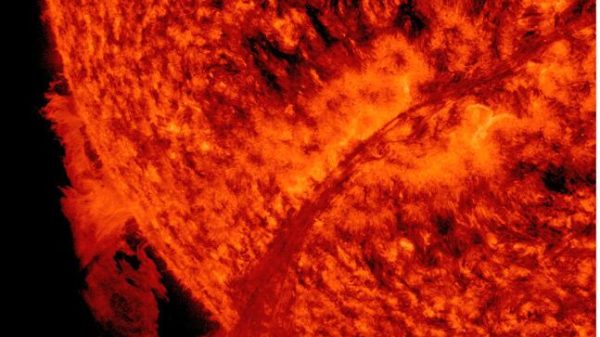








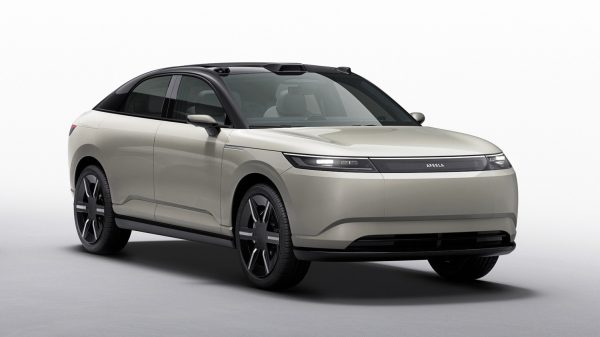


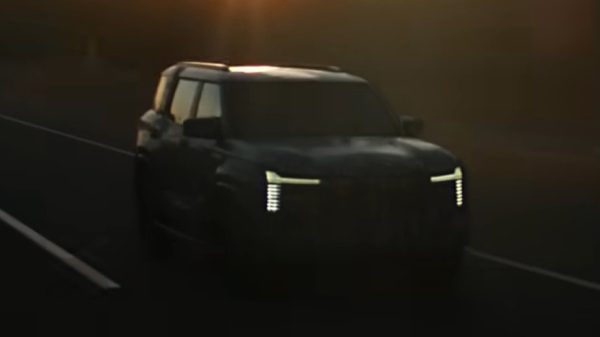


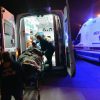
























Свежие комментарии